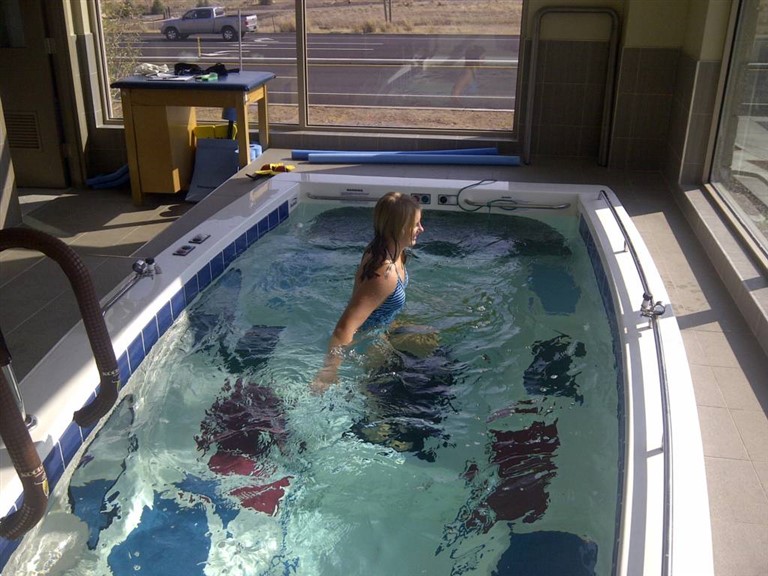As a medical professional, you know that any ankle sprain should be taken seriously – no matter how seemingly insignificant an injury the patient thinks it is. But what are the varying degrees of severity? Here’s a quick reference guide for ankle sprain grades.
These are helpful for classifying sprained ankles based on the severity of the injury. They take into account a few different things:
1. The number of ligaments damaged and how much tearing there is
2. Amount of force on the ankle
3. Amount of swelling
4. Whether or not the patient will need surgery
An ankle sprain happens when the ligaments protecting the ankle joint from abnormal turning and twisting are forced out of their natural range of motion. This leads to a sprained ankle that can be described as a Grade I, Grade II, or Grade III sprain by the patient’s physical therapist or medical professional.
Grade I ankle sprain
Grade I is the least severe type of sprain. This involves only a minor stretching, and possibly slight tearing, of the ankle ligament. Patient symptoms include stiffness and some tenderness. There might be swelling, but one can usually walk with only a little bit of pain.
Treatment quick tips
A patient with a Grade I ankle sprain will not need a cast or splint, and can begin rehabilitation exercises to strengthen the ankle soon after diagnosis. These exercises will focus on strengthening the ankle to get back up to its full range of motion. When most doctors and physical therapists get a patient with a Grade I ankle sprain, they follow the classic R.I.C.E. principals:
Rest the hurt ankle.
Ice the ankle after spraining it to keep down swelling. It’s recommended to ice for 20 minutes at a time with at least 20 minutes of rest in between, three or four times a day.
Compression will help decrease swelling as well. The patient can use a compression sock or ace wrap.
Elevating the ankle so that it rests above the heart can help encourage blood to flow back to the heart, thus decreasing swelling.
Grade II ankle sprain
A Grade II ankle sprain is characterized by partial tearing of the ligament. The patient’s range of motion is affected, and walking is somewhat painful. That being said, it’s important that the patient begin stretching exercises early on to prevent the ankle from getting too stiff.
Treatment quick tips

Patients with a Grade II ankle sprain can go through physical therapy – the rehabilitation typically centers on regaining motion, as well as strengthening and stretching exercises. Hydrotherapy is an increasingly popular method for quick rehabilitation.
For a complete rehabilitation plan for a Grade II ankle sprain, check out the case study featuring a marathon runner who recovered in 10 days!
Grade III ankle sprain
Even after the initial severe pain returns to a regular level, walking on a Grade III ankle sprain is not usually possible. Serious swelling or bruising classifies this type of sprain, as the ligaments are completely torn.
Treatment quick tips
The physical therapy for a Grade III sprain is similar to the rehab plan for a Grade II sprain, but over a longer timeframe to allow the torn ligaments to heal completely. Rehabilitation should happen at least twice a week.
It is very rare that the ankle will need surgery, and this will only be an option after rehabilitation and nonsurgical treatment has been given full effort over months. If surgery is needed, the surgeon may need to use other ligaments around the ankle and foot area to replace the torn ones.
For any ankle sprain, if your patient is an athlete, you will want to ensure that they continue their ankle stretching and strengthening exercises long after the rehab ends. Ankles are much more prone to injury once they have been weakened by a sprain once before, and most sports require excellent range of motion.
Overall, the treatment and rehabilitation plan you put together for your patient’s ankle sprain will depend on how much damage there is to the ankle ligaments. Ankle sprain grades provide a helpful standard for classifying the injury, and a basic treatment outline that you can then tweak to fit each case.
~ Authored by Liz Lecomte
